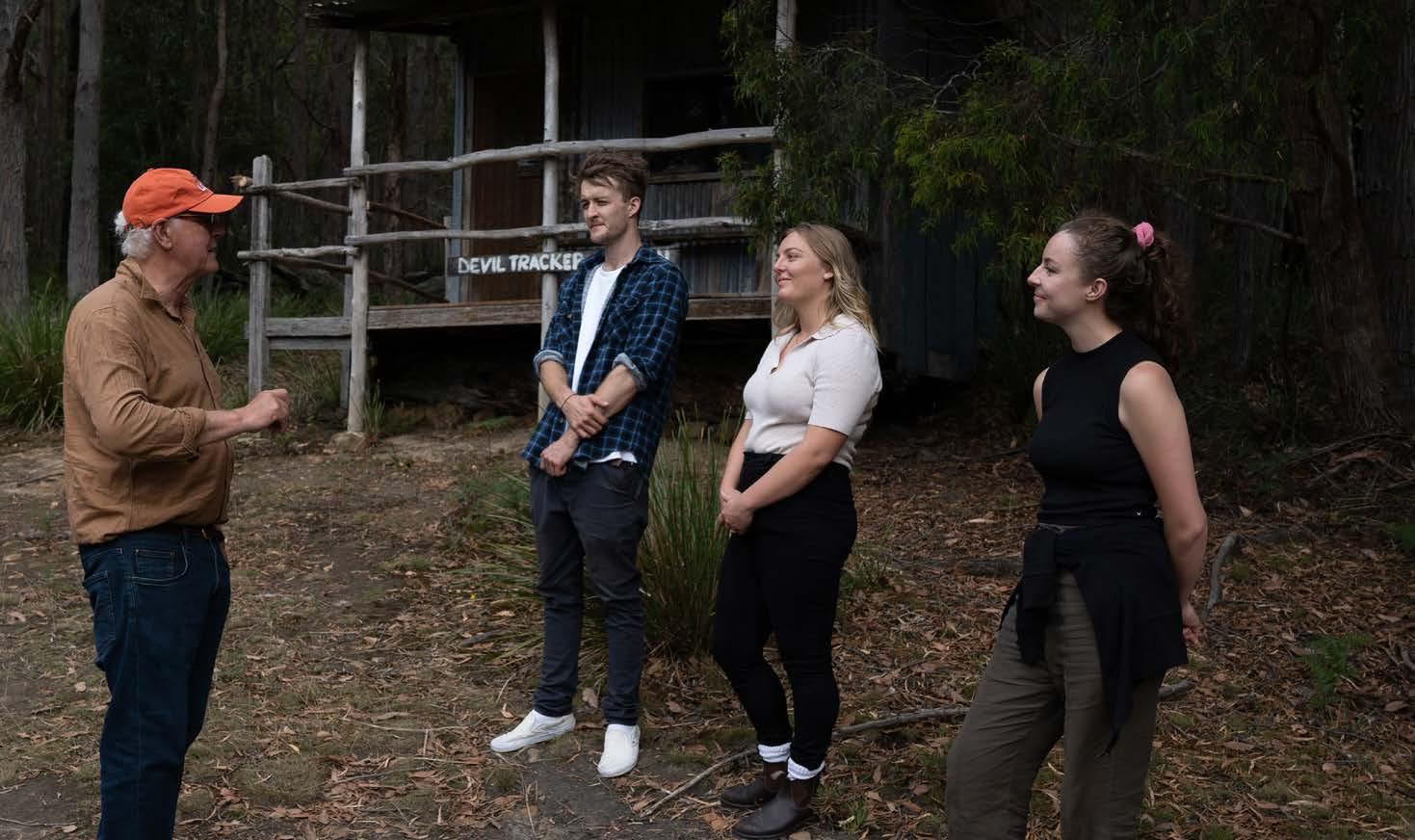
2 minute read
INFRASTRUCTURE FOR THE FUTURE TALKING POINT BY LUKE MARTIN, CEO TICT
In coming months, TICT will join the Tasmanian Government in launching the new Tourism 21.
T21 is Tasmania’s long standing destination management strategy where industry and government come together and agree on shared priorities and aspirations for sustainably managing Tasmanian tourism.
Advertisement
Our new T21 will set clear expectations for how we want Tasmanian tourism to evolve through the 2020s and beyond as a destination renowned for unique, immersive visitor experiences and a tourism industry aspiring to make a positive impact on our environment and in our local community.
Amid bold aspirations for Tasmania to establish itself as a market leader in the global transition to Net Zero Travel, and initiatives to address our long-term workforce challenges, the new T21 will also challenge us to think differently about how we fund visitor infrastructure across the State.
The opening in January of the new visitor shelter at Dove Lake has set a new standard for visitor infrastructure in Tasmania.
Its design does justice to the significance of its location. The building replaces the ugliest bitumen carpark and toilet block, with a shelter constructed using materials that will soon be overtaken with natural vegetation to absorb into its natural surrounds.
The investment in Cradle Mountain over the past few years with the striking new Visitor Centre outside the Park boundaries, hybrid engine shuttle bus service, and now the new Dove Lake Shelter, is all part of a plan to elevate infrastructure at our iconic Park to sustainably manage visitor numbers into the future.
The scale of the investment at Cradle is running into the tens of millions of dollars, and there is more to come.
The Tasmanian Parks & Wildlife Service are looking at a similar level of investment at Freycinet to manage visitor growth there, with works also required at Mt Field, Hastings, and the list goes on.
Beyond our National Parks, Councils managing some of our most popular visitor destinations are under immense pressure to provide even the most basic infrastructure our visitors expect. Camping facilities and dump stations, toilets, and waste management.
Tourism makes a substantial contribution to local communities through the economic activity and employment it generates, but this does not always mean the funds are readily available to invest in the infrastructure and services that enable tourism to prosper.
If we are truly serious about sustainable tourism growth in Tasmania, we must find a way to better resource our Parks service, our local councils and other land management authorities to invest in new visitor infrastructure, and better maintain the infrastructure our industry relies upon. Finding a model to raise these funds that is acceptable to both visitors and our tourism businesses is never going to be easy, but it is a conversation we must have.
Events Infrastructure
Achieving genuine sustainable tourism growth in Tasmania also means prioritising yearround visitor activity.
We simply cannot expect to see perennial visitor growth over the summer months. Many of our destinations and businesses are already under intense pressure through January, and Tasmanians expect to be able to enjoy their summer without too much impediment from a busy visitor economy.
Our focus must continue to be on growing visitor demand during our shoulder and ‘off’ seasons, and the most effective way of doing this is through events. It is for this reason why TICT has taken such a strong position over recent months in championing investment in event infrastructure across the State.
AFL Tourism is big business. Hawthorn’s four games each year in Launceston generate $30 million of activity in
Northern Tasmania through the winter months. Having an AFL team of our own will take this to a whole other level.
Not only will we have more games in the State each year, but we’ll host the big Melbourne clubs with their massive armies of supporters who do travel in following their team. A Tasmanian AFL team will also see hordes of passionate locals travel north to south, and south to north, for games at both ends of the State, much like the JackJumpers NBL side is experiencing now.
For this reason, we must invest in stadia infrastructure in both the North and South to ensure we’re able to maximise the









